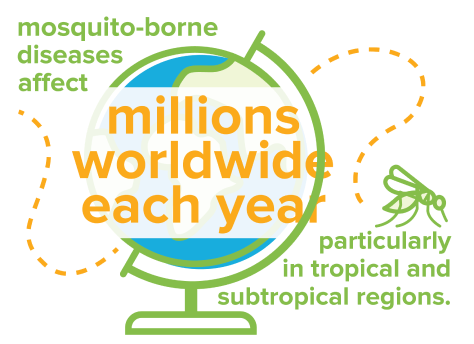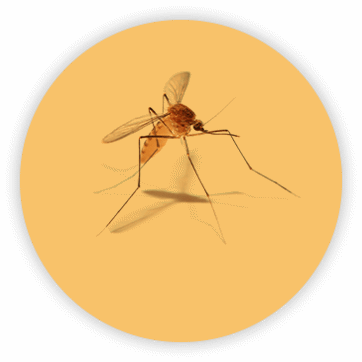mosquitoes
live better.
live pest free.
eliminate standing water: your first line of defense
Take a walk around your property and look for common culprits where water may collect:
- Flower Pots and Plant Saucers: After watering your plants, empty any excess water that gathers in the saucers.
- Bird Baths: Refresh the water in bird baths at least once a week to stop mosquitoes from laying eggs.
- Clogged Gutters: Keep your gutters clean so water doesn’t pool and become a mosquito breeding site.
- Pet Bowls: Change the water in your pet’s outdoor bowl daily to keep it fresh and free from mosquitoes.

- Toys and Outdoor Equipment: Store toys, wheelbarrows, and other items in a way that prevents them from collecting water.
understanding the mosquito life cycle
Egg Stage:
Mosquitoes begin their life cycle as eggs, which female mosquitoes typically lay in stagnant water. Depending on the temperature and humidity, eggs can hatch in as little as 24 to 48 hours.
Larva Stage:
Larvae live in water and feed on organic matter and microorganisms. This stage lasts about 4 to 14 days, during which larvae molt several times as they grow.
Pupa Stage:
Pupae are immobile and resemble commas or exclamation points suspended in water. During this stage, the mosquito’s body undergoes significant changes in preparation for emergence as an adult.
Adult Stage:
Once the pupal stage is complete, adult mosquitoes emerge from the water and take to the air. They feed on nectar from flowers, but females also require a blood meal to develop eggs. Adult mosquitoes can live for a few weeks to several months, depending on the species.

proof.’s tick treatments
Our mosquito treatment doesn’t just keep away mosquitoes—it also repels ticks, providing dual protection in one convenient service.
Ticks can carry dangerous diseases like Lyme disease and Rocky Mountain spotted fever, putting your family and pets at risk. That’s why our tick treatments are an essential part of our work.
Whether keeping your furry friends safe or making sure you can fully enjoy your time outdoors, we’re here to support you. We’re offering complete pest protection so you can make the most of every moment in your yard!

common ticks in the united states
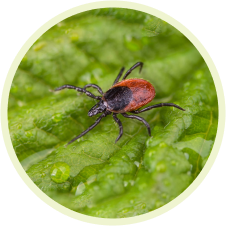
blacklegged tick
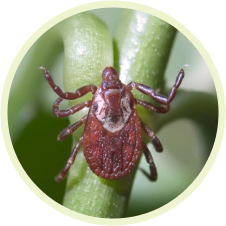
american dog tick
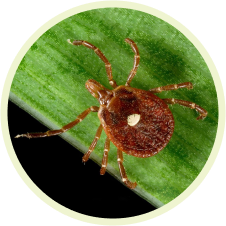
lone star tick
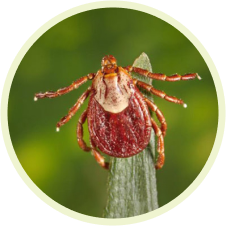
rocky mountain wood tick

brown dog tick
frequently asked questions
How often do you treat for mosquitoes?
When do you offer mosquito services?
How do you determine the cost of your mosquito control services?
What kind of results can I expect from your treatments?
Besides mosquitoes, do your treatments target any other pests?
blood-sucking pests.
proof.’s pest control process
Our approach addresses mosquitoes at every stage of their life cycle:
Source Reduction:
We find and remove breeding sites to prevent mosquito reproduction.
Treatment:
Our fogging solution targets adult mosquitoes to reduce their numbers and offer immediate relief.
Larvacide:
Larvicides eliminate developing mosquitoes in their larval stage. After treating the existing larvae, we treat standing water sources that cannot be removed to prevent new pests.
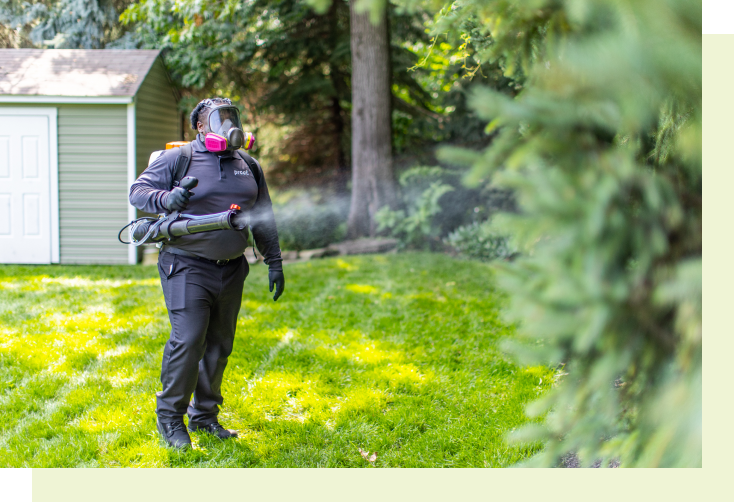
mosquito anatomy
Head
Location of the mosquito’s sensory organs, including antennae and compound eyes, which help them detect hosts and find food sources.
Proboscis
The elongated mouthpart used for piercing the skin and sucking blood from hosts. Only female mosquitoes have a proboscis for blood-feeding.
Thorax
The middle section of the mosquito’s body, housing the wings and legs. Muscles in the thorax enable mosquitoes to fly and maneuver in the air.
Wings
Pair of thin, membranous structures attached to the thorax. Mosquitoes use their wings to fly and are capable of quick and agile flight.
Abdomen
The largest section of the mosquito’s body, containing the digestive system and reproductive organs. After blood-feeding, the abdomen of a female mosquito becomes visibly swollen with blood.
Palps
Sensory appendages located near the mouthparts. Palps help mosquitoes identify and assess potential food sources, such as nectar or blood.
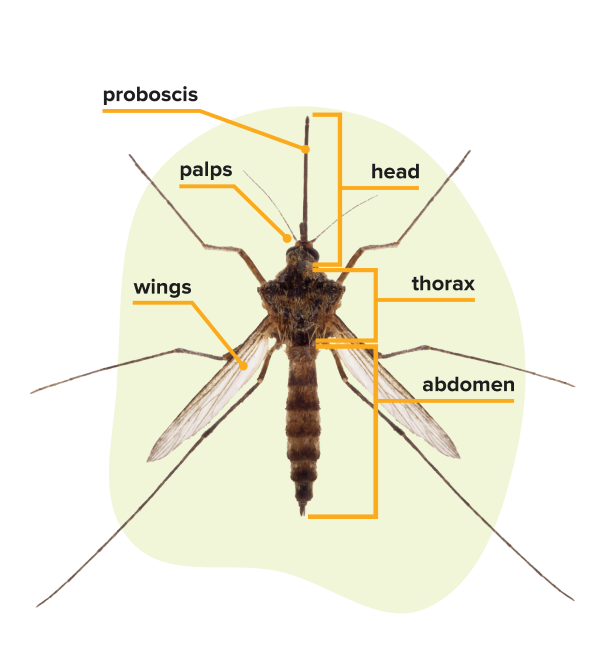

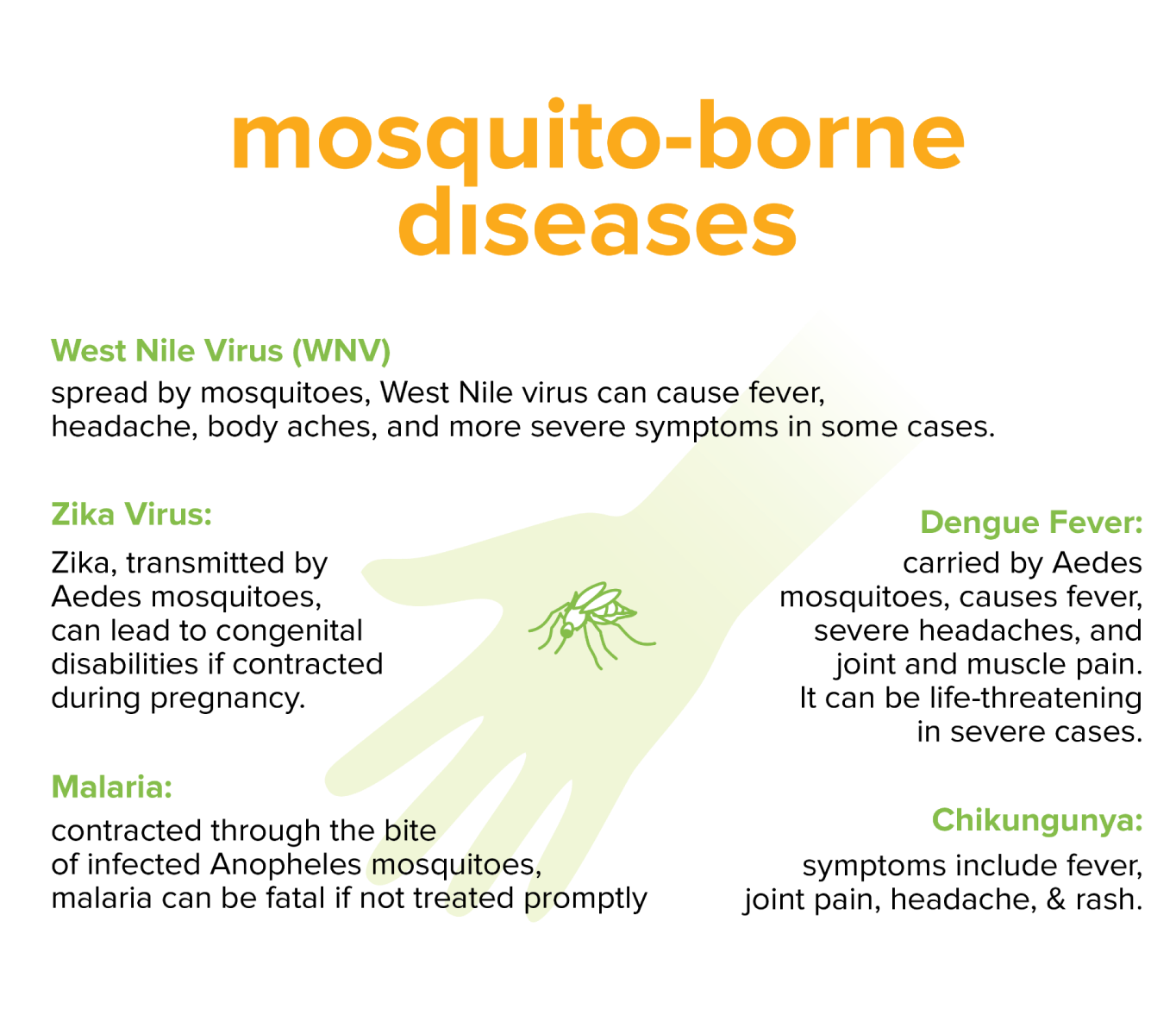
ready to reclaim your yard from
mosquitoes?
Contact us today to schedule your mosquito control service and make this summer one to remember!
connect
with us
today
locating breeding sites
Inspect Outdoor Areas:
Check your yard for any containers, objects, or areas that may collect water after rain or watering.
Look for Common Sources:
Identify common sources of standing water, like flower pots, bird baths, clogged gutters, and puddles.
Check Hidden Areas:
Don’t forget to inspect less obvious spots, including tarps, wheelbarrows, and trash cans.
Empty and Remove Water:
Empty containers and objects holding standing water. Clean out clogged gutters and remove debris to allow proper drainage.
Prevent Future Breeding:
Regularly inspect and maintain outdoor areas to prevent standing water accumulation.
